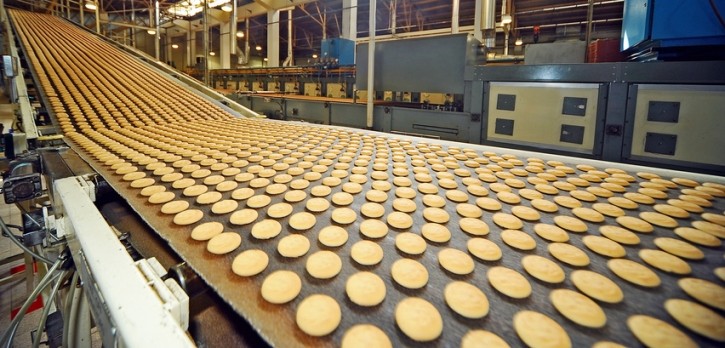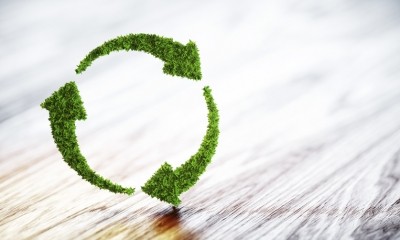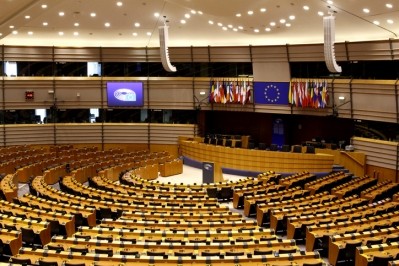EU food waste reduction targets: EFFPA urges food manufacturers, retailers to think feed

More than half of the food waste (53%) in the EU is generated by households, followed by the processing and manufacturing sector (20%).
The EU executive is aiming to reduce food waste generation in processing and manufacturing, by 10%, and by 30% (per capita), jointly at retail and consumption points, namely restaurants, food service outlets and households.
And feed can be one of the solutions, says the European Former Foodstuff Processor's Association (EFFPA) when reacting to the new goals; it stressed how the targets represent an opportunity for the food value chain to engage with the former foodstuffs processing sector.
‘Key lever in driving a sustainable food system’
“The adoption of the food waste reduction targets by the EU Commission supports the key role that animal feed and, in particular, former foodstuff processing plays in the valorization of food no longer destined for human consumption.
“EFFPA is resolute in demonstrating to policy makers and chain partners that, together, we possess a means to further prevent/reduce food wastage, while we also hold a key solution for compound feed manufacturing with lower GHG emissions and water consumption together with an important reduction of land use for livestock production.
“Former foodstuff processing should be recognized as a key lever in driving a sustainable food system,” argues Valentina Massa, EFFPA president.
The organization is looking to strengthen cooperation with authorities, food business operators, as well as retailers to reduce avoidable food losses in the chain through animal feed and is a member of the EU Platform on Food Losses and Food Wast, co-chairing its action and implementation subgroup.
Need to engage retailers, distributors
About five million tons of former foodstuffs annually are processed into animal feed in Europe: “The potential for a significant increase of volumes is still possible,” estimates EFFPA.
The industry's turnover reached over €1bn in 2020, reported the organization.
The sector generates feed for farm animals from unavoidable and unintended food losses occurring at food manufacturing and retail level. Typical examples are bread, breakfast cereals, biscuits, and confectionery, high energy ingredients for animal feed. It can also take packaged goods from retailers and distribution networks that no longer complied with shelf-life requirements or were in seasonal wrapping.
“Using these ingredients can partially replace cereal grains, oils, and sugars in livestock rations: it is actual nutritional efficiency. For years, we have contributed to a more sustainable food chain, producing less waste, and enhancing circular ingredients in feed.
“Working with the food distribution and retail sectors to improve their know-how will help towards our goal of reducing food wastage. This still needs development,” said Massa in July last year.
Innovation
Belgian processor, Trotec, has been involved in an €1.5m EU funded three-year project aimed at developing innovative packaging and processing technologies to process new streams of former foodstuffs into high quality feed. It is close to completion; the company published an interim report showing progress on all project objectives in June last year.
The LIFE F3 project includes the Trotec processing plants in Belgium and France and is focused on boosting resource efficiency and the circular economy. “Ultimately it is about averting greater food losses, as well as reducing CO2 emissions,” Sigrid Pauwelyn, general manager, Trotec NV, told us previously.
Former foodstuffs used in feed in Europe are typically of plant origin. “But there are plenty of former foodstuffs that do not find a solution, [that end up in landfill or incineration], and are not being processed into added-value products,” added Pauwelyn.
Referred to as complex former food products, such raw materials have challenging processing characteristics but a high nutritional value. They can include syrups, liquid chocolate streams, soon to expire, unused malnutrition targeted milk powders, bananas, seeds and nuts, or frozen products.
The LIFE F3 initiative set out to work with technology providers to develop a novel thermal treatment for such products, first at pilot scale, and then on an industrial level, collaborating with partners to develop technology to separate packaging from former foodstuffs more efficiently while finding the best solution for those packaging components.
The idea was to come up with an industrial scale automated unpacking line, capable of removing primary and secondary packaging - cardboard and plastic - as well as tertiary packaging - cardboard.










